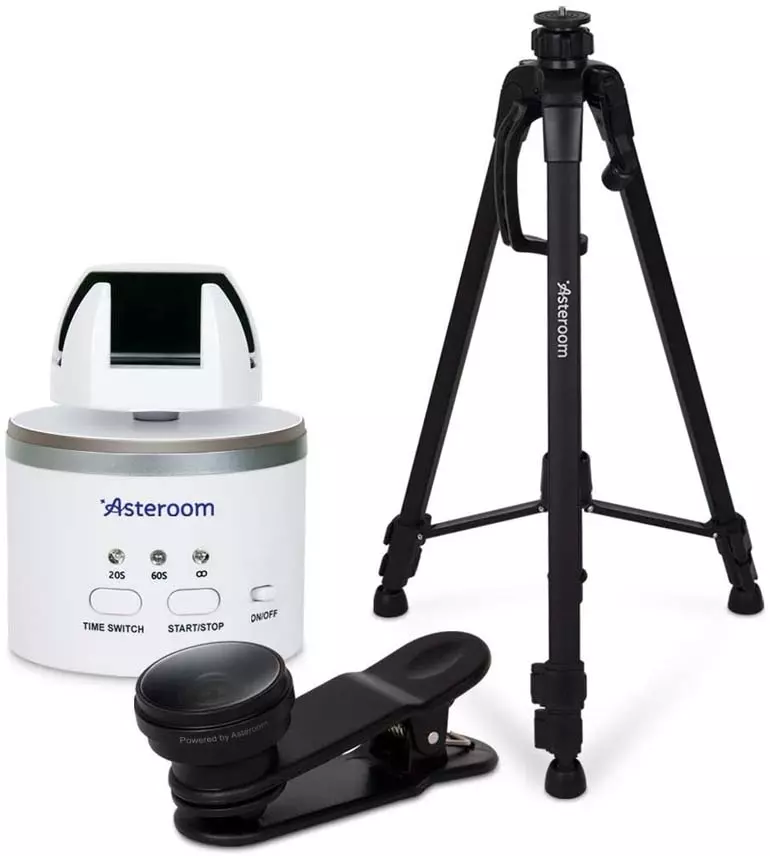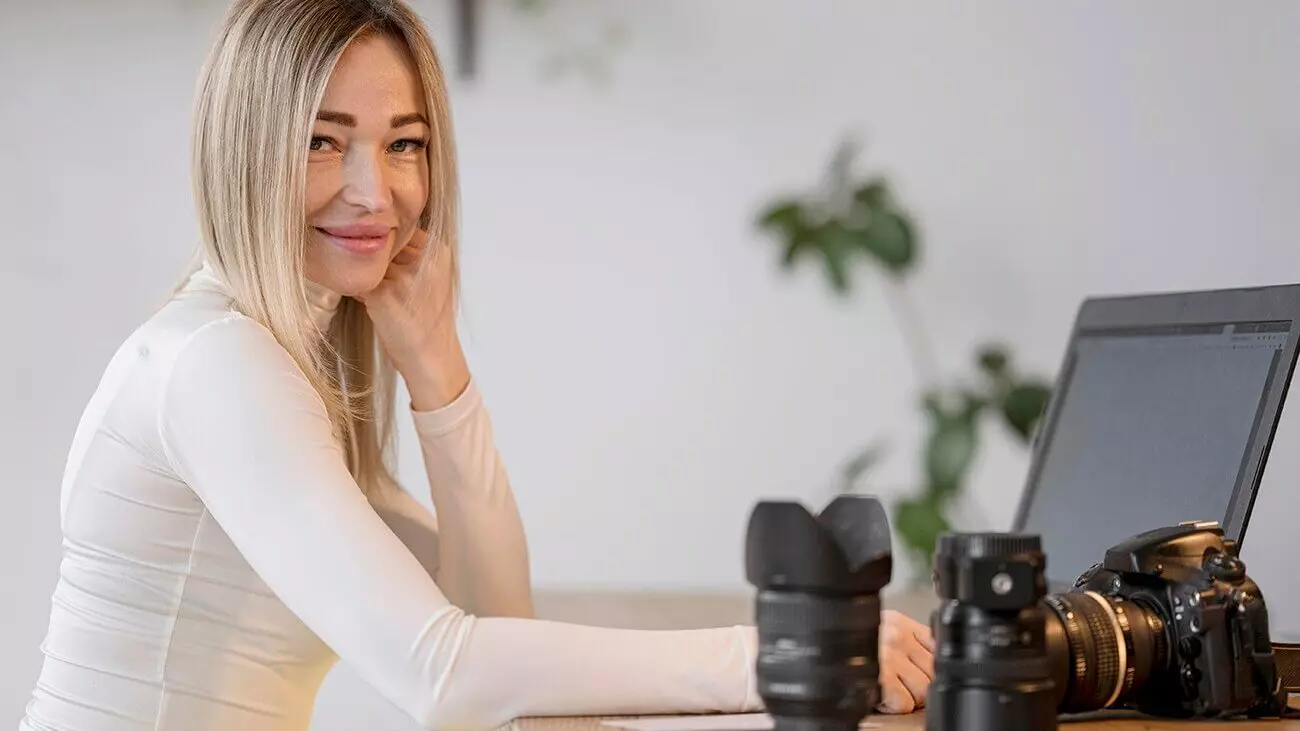Are you eager to master the art of shooting 3D real estate photography and create captivating online virtual tours? Virtual tours have become an invaluable marketing tool, allowing potential buyers to explore properties from the comfort of their own homes. In this article, we will provide you with 9 actionable tips on how to shoot 3D real estate photography and expand your skills and client base.
What Are 3D Real Estate Tours?
3D real estate tours are immersive online simulations of properties listed for sale. These tours are created using still photos, videos, or 360-degree panoramas. With this technology, buyers can walk through a property virtually, providing them with an experience that closely resembles an in-person viewing. This is especially useful for buyers who are moving cross-country and are unable to physically visit properties. Studies have shown that real estate listings with virtual tours are clicked on 40% more often than those without, and they can potentially increase the selling price of a home by 2% to 3%.
1. Prepare the Space Before Shooting
The key to achieving high-quality 3D real estate photography is to prepare the space before shooting. Remove any personal items and declutter the rooms to ensure they look clean and inviting. By eliminating distractions, buyers can focus on the potential of the property. Make sure to coordinate with the Realtor, agent, or seller beforehand to ensure the space is ready for photography.
2. Use the Right Gear
Investing in the right gear is crucial for capturing great 3D real estate photography. A 360-degree camera with a high Frames-Per-Second (FPS) rate, such as the Ricoh Theta Z1, is recommended for panoramic shots and creating online virtual tours. The camera's high-quality sensors and FPS ensure smooth viewing experiences without lag.
3. Avoid Blurry Images With a Tripod
To capture sharp and engaging 3D tours, it's important to use a quality tripod with a panoramic head. This will help you take perfectly aligned images at the same level, allowing for seamless stitching in post-processing. The SIRUI Traveler 7C Camera Tripod is a reliable option for achieving stability and precision.
4. Position the Camera at a Low Angle
Consider the position of the camera when shooting 3D real estate photography. Placing the camera at a low angle enhances the floor-to-ceiling ratio and creates visually appealing photos. Avoid capturing too much of the ceiling by positioning the camera correctly. Consistency in camera placement is also important for maintaining a cohesive virtual tour.
5. Capture All Rooms
Don't limit yourself to photographing only the standard rooms like the living room, kitchen, and bedroom. Include additional spaces like the laundry room, bathroom, closets, and garage, as potential buyers may be interested in seeing these areas. By showcasing all rooms, you can provide a comprehensive view of the property and enhance the overall virtual tour.
6. Highlight the Home's Special Features
To create engaging and interactive virtual tours, focus on highlighting the home's key selling points. Capture the master bedroom with its luxurious features, such as the master bed, windows for natural light, master bathroom and spa area, and walk-in closet. Showcasing these special features will help potential buyers envision themselves living in the space.
7. Be Mindful of Reflections
When photographing rooms with mirrors or windows, be mindful of reflections that might appear in your images. Position the camera in a way that avoids capturing your reflection or any unwanted shadows. Editing post-processing can help remove reflections if necessary.
8. Ensure Easy Navigation
To enhance the user experience of your virtual tours, prioritize easy and intuitive navigation. Consider implementing floor plan navigation or visual navigation. Floor plan navigation allows viewers to click on points of interest directly on the floor plan, providing quick access to specific areas of the property. Visual navigation requires viewers to click on images, similar to Google Street View, offering a more immersive experience.
9. Prepare Images for 3D Virtual Tours
To create an online virtual tour that captures buyers' attention, ensure your images are of the highest quality. This involves post-processing and editing. You can use software like Adobe Photoshop and Lightroom or free 360 video editing tools like HitFilm Express, VIRB Edit, or VideoPad. If you lack editing skills or want to save time, consider outsourcing the editing process to professional real estate photo editors.
In conclusion, mastering the art of shooting 3D real estate photography is a valuable skill that can help you attract more clients and sell properties effectively. By following these 9 practical tips, you'll be well on your way to creating stunning virtual tours that captivate potential buyers.
 Virtual Room Staging: Which Rooms Are the Best to Stage?
Virtual Room Staging: Which Rooms Are the Best to Stage?
 Ricoh Theta Z1 camera
Ricoh Theta Z1 camera
 3D virtual tour bundle
3D virtual tour bundle
 Do You Have The Skills Required To Be A Real Estate Photographer?
Do You Have The Skills Required To Be A Real Estate Photographer?
Remember, by implementing these tips and providing potential buyers with immersive virtual tours, you can unlock the full potential of your real estate listings. Happy shooting!











